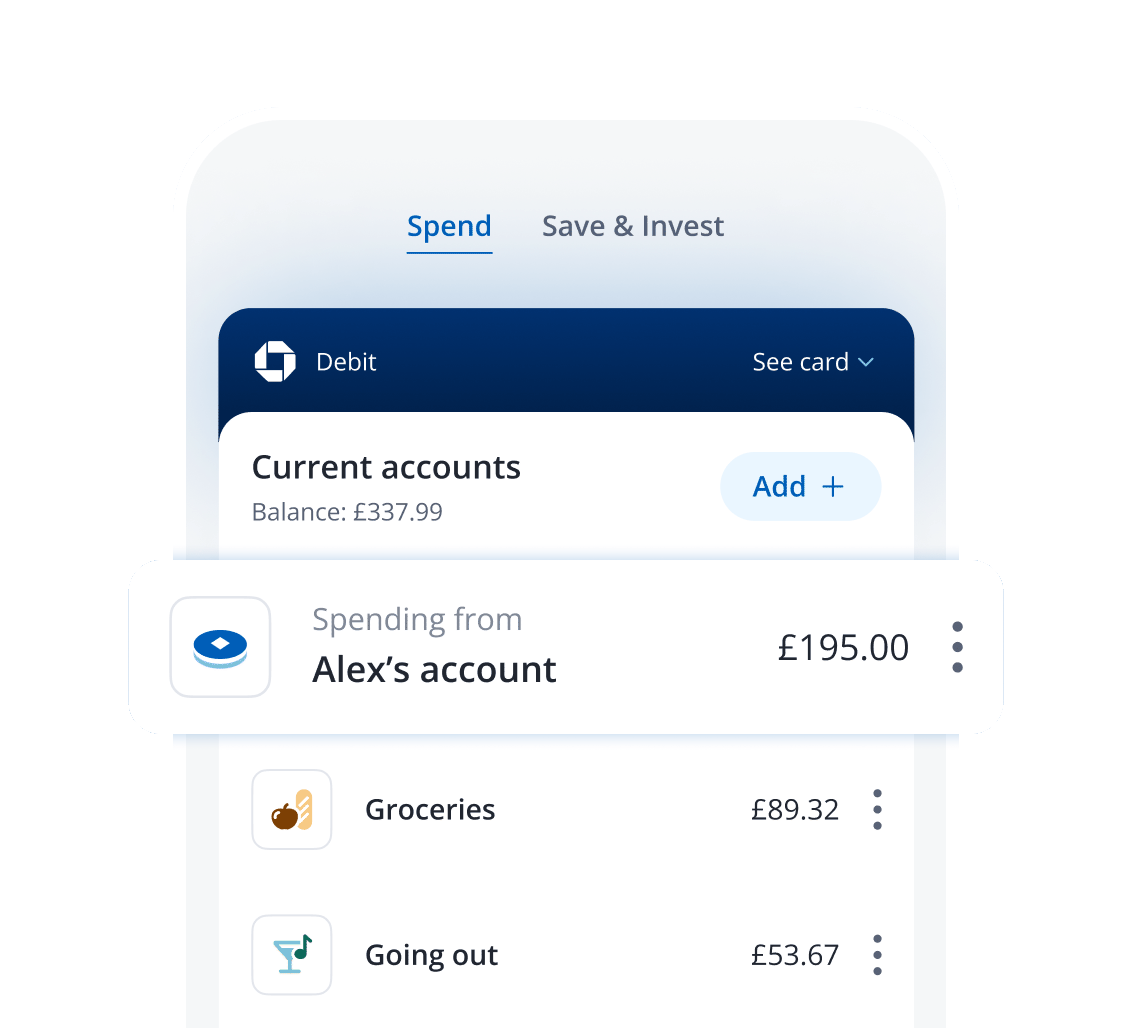security
Get smart about card fraud
5 min | 20 September 2021

Card security has improved by leaps and bounds over the past decade. But fraudsters are always looking for new opportunities to steal your payment details.
In the last of our four-part series, we discuss how fraudsters commit card fraud and the precautions you can take to fight back.
When a police officer stopped Dariusz Zyla at a tube station, he didn't realise he'd just solved one of the biggest card frauds in UK history.
Things got exciting when he discovered Zyla was carrying 40 phone top-up cards. These, it turned out, were storing up to 32,000 stolen card details. Throughout the 00s, Zyla and four accomplices had been using them to live a life of luxury, to the tune of £17 million.
While card security has improved significantly since then, fraud remains shockingly common. With this in mind, here's a look at the main types of card fraud, and what you can do to help protect yourself.
How did they do that?
If your card is safely tucked away, but you notice odd transactions on your statement, you might be a victim of card-not-present fraud. This happens when a fraudster steals your card details without physically being in contact with you.
Card-not-present fraud is the most common type of card fraud, because it involves relatively little effort. Fraudsters get your card information from phishing, vishing, or smishing scams — emails, calls, or texts that try to trick you into giving out your personal details.
Alternatively, if a company you've bought something from suffers a data breach, they might buy your information from the dark web.
Counterfeit card fraud
In counterfeit card fraud, criminals create a copy of your card, usually with information from its magnetic stripe. They get this data by connecting machines called skimmers to ATMs.
With chip-and-pin technology and the rise in contactless and online shopping due to the pandemic, counterfeit card fraud has become less common. That said, it can still happen, so be aware.
If you need an ATM:
- Use one inside a bank where possible
- Scan the ATM for anything unusual, such as parts that look newer than the rest of the machine, tape or glue residue, or a loose keypad
- Cover the keypad with your free hand and be wary of anyone standing too close or trying to talk to you. They could be distracting you so they can peek at your PIN
Identity theft
If the fraudster also learns other personal information, they could try to take over your account or get a new card in your name. This is because, by knowing things like your date of birth and address, they can pretend they're you.
The good news is that you can help protect yourself from card-not-present fraud and identity theft by taking the following steps:
Take your time
Received an email, call, or text urging you to "Act now!" or risk a fine? A legitimate organisation would never do that without warning.
Similarly, if you're offered a deal that sounds too good to be true, it probably is.
Be selective
Only buy from websites you trust.
If you're using a website for the first time, look up reviews on a reviews site such as Reviews.io or Trustpilot and check their social media activity. Reputable websites will also give you several different payment options, have visible contact details, and display trust signals like the Verified by Visa logo.
Stay alert
Check your card statements regularly and call your bank immediately if there's a transaction you don't recognise. It's also worth monitoring Have I Been Pwned to find out if your details have been compromised in a data breach and checking your credit report for searches you don't recognise. Credit Club and Clearscore let you see your Experian and Equifax credit reports for free.
If your details have indeed been stolen, consider putting a protective registration on your credit report with Cifas. This will alert you if someone tries to open a credit card account in your name. And update your passwords.
Handle important documents carefully
If possible, opt for paperless statements. You should also throw out unneeded correspondence safely, for example by using a shredder, or at least ripping out the name and address part of the documentation and binning it separately.
A reminder that these are just some of the steps, and you still need to be careful.
Lost, stolen, and undelivered cards
Can't find your card, or never received your new one in the mail?
It might've fallen into the wrong hands.
Needless to say, you should tell your bank you can't find your card — or haven't received your new one — as soon as possible so they can block it.
If you've recently moved, double-check you've told the bank your new address.
Moving is stressful and you may forget to tell someone important, so it's a good idea to consider redirecting your mail. And if you live in a building with a communal letterbox, such as a block of flats, be extra careful. It's worth asking your bank if you could collect your cards from a nearby branch.
Fight back against card fraud
Anyone can fall victim to card fraud, so it's important to stay alert, keep your personal details safe, and check your bank statements regularly.
By taking these simple precautions, you can lower your risk of being a victim and help spot suspicious activity before fraudsters can do much damage.
Have a family member or friend you think would benefit from reading this? Pass it on.
We also recommend reading these
- Too good to be true: How to recognise and avoid online scams
- To trust or not to trust? Romance scams, investment scams, and other online confidence tricks
- Is that really you? Staying safe from impersonation scams
Sources:
- Reuters.com dated 25 April 2007 "Gang pleads guilty in biggest credit card fraud case"
- UK Finance PDF report "Fraud - The Facts 2021"
If you think you might be the victim of a scam or fraud involving any of your Chase accounts, please contact us right away.






